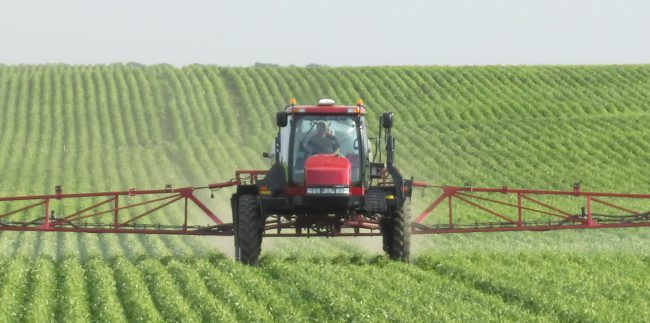
The act of spraying in its most basic terms involves using chemicals to rid your fields of pests. But in this day and age when issues of cost control and potential damage from drift loom large, it’s important to make spraying a specialty. I found a couple of resources offering best practices and spraying tips that might help you in your efforts to become an expert.
There’s a lot of education involved in spraying and making a commitment to developing your expertise will help you be a better farmer.
-Terry Olson, Titan Machinery
Resources:
https://www.agriculture.com/machinery/spraying/19-ways-to-make-the-2018-spraying-season-easier?utm_source=ag-newsletter&utm_medium=email&utm_campaign=todaysnews_033118&did=233212
http://farmprogressdaily.com/freeReportsFPDaily.aspx